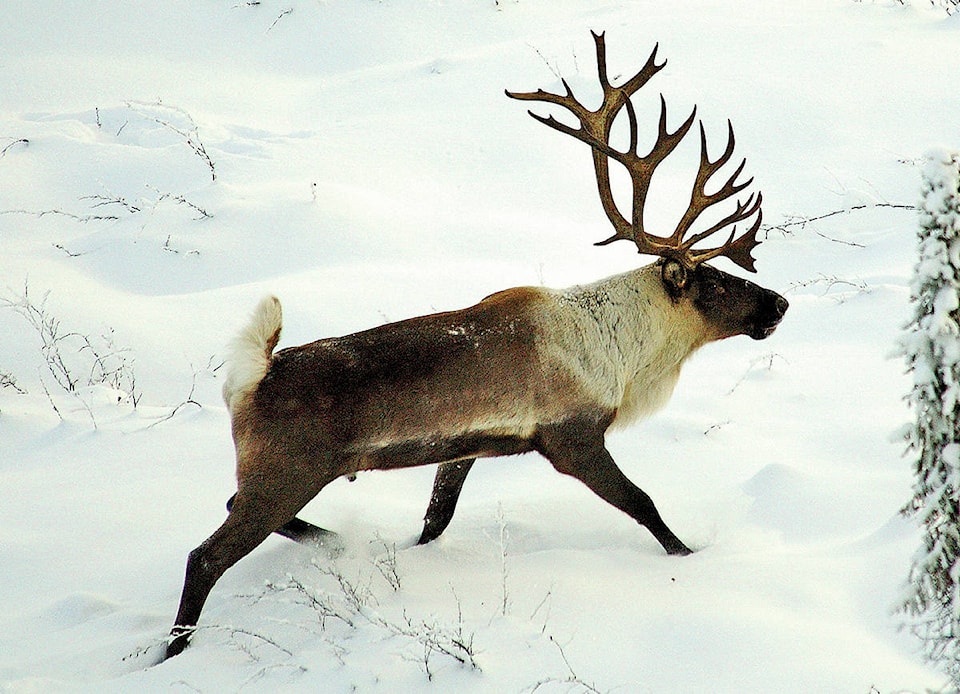Environment and Natural Resources (ENR) is asking hunters to send in moose heads from South Slave Region during moose season.
Moose season is typically between Sept. 1 and Jan. 31, in the NWT according to ENR.
It’s also asking people to send it boreal caribou and white-tailed deer heads.
This collection will also help ENR monitor the animals for Chronic Wasting Disease (CWD).
ENR is is working to prevent CWD from being re-introduced to the NWT by monitoring the age and health status of the animals.
CWD is a prion disease — a class of brain disease that impairs memory and the ability to move. CWD affects deer populations in parts of Canada but “thankfully has not been detected in any wildlife species in the NWT,” Jessica Davey-Quantick, an ENR spokesperson said.
ENR is working to prevent CWD being introduced to the NWT.
Since ENR started requesting hunters send in animal heads in fall 2017, Davey-Quantick said all heads have tested negative for CWD.
Hunters may pick up a sampling kit at their local ENR office. The kit includes: a checklist, guideline for collecting samples and the bags needed for the requested samples.
The samples can be either fresh or frozen.
According to NWT ENR, ENR will give $50 cheques to hunters who provide moose, boreal caribou or white-tailed deer heads at a local ENR office.
If hunters send in the parts from the sample list, hunters will also receive $75 and a hat, along with the $50.
Davey-Quantick said the payments are to compensate harvesters for their time and effort getting samples and submitting them.
